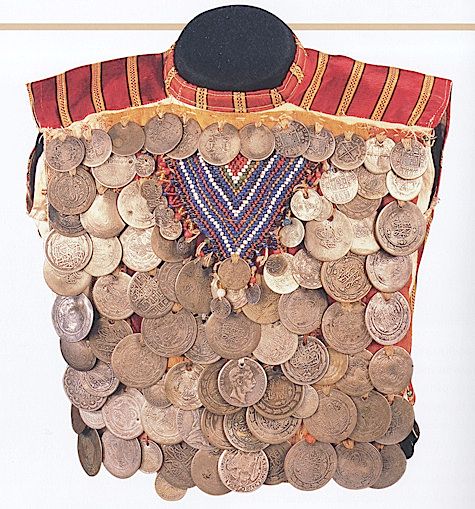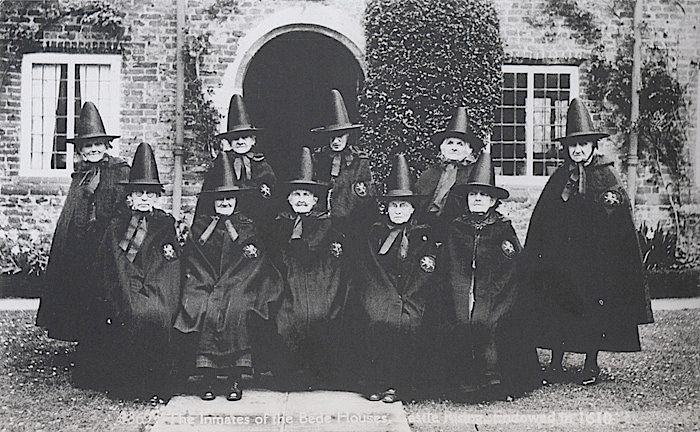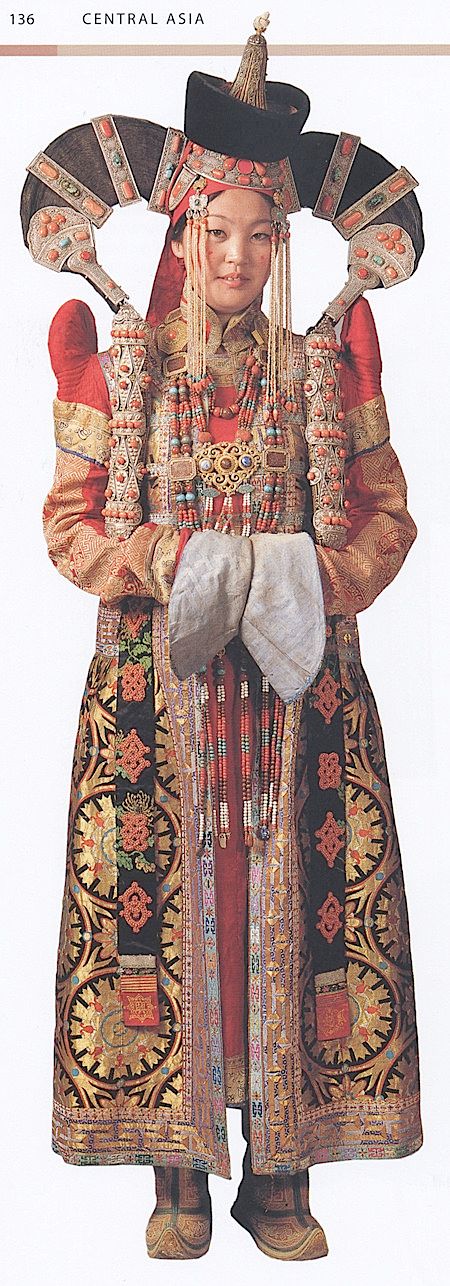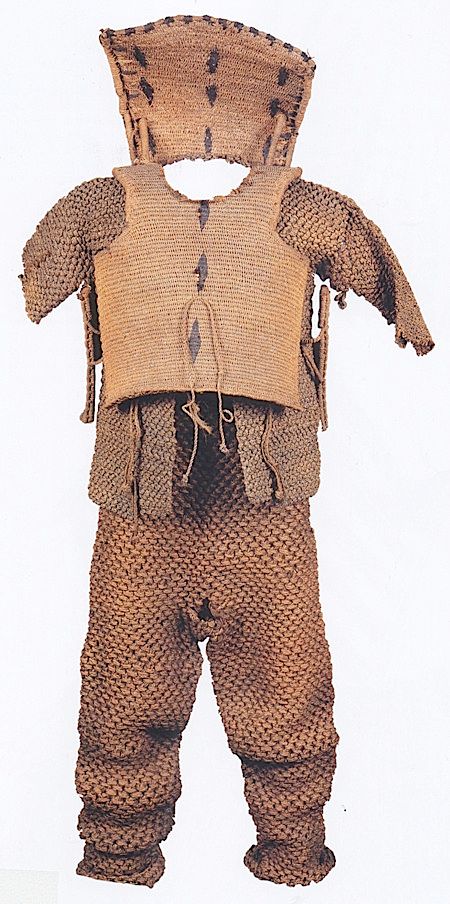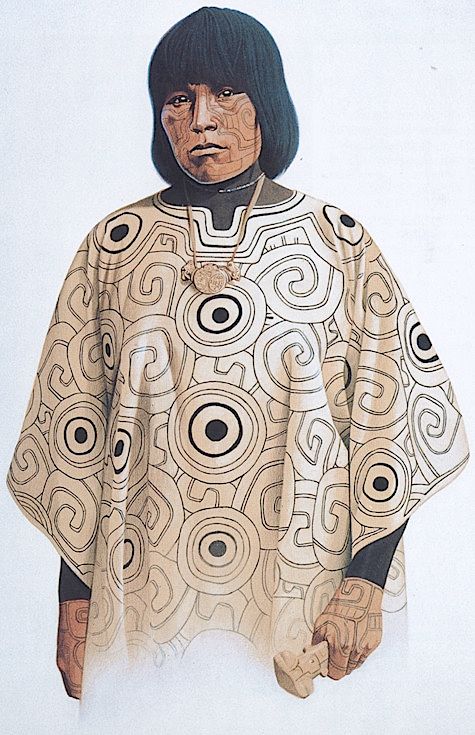The Worldwide History of Dress

The definitive costume inspiration
I’m guessing that when technology permits us to design and produce our own clothes as easily as we do our websites, we’ll go beyond jeans and start making our outfits a little more distinctive. These one-at-at-time items will be supremely personalized, unique. And a return to the way wardrobes of past were once also made one-at-a-time into distinctly personal items. When that moment comes, you might want to lose yourself in this massive 600-page archive, which catalogs the full diversity of costumes from around the world. Over 1,000 glorious illustrations, in astounding ethnographic variety. Tribal, royalty, folk. Outerwear, footwear, headgear, armor. It is the best one-volume summary of Fashion on Earth I’ve seen. (It’s expensive, so check it out at your library.)
05/24/13Excerpt
A circumcision waistcoat possibly from the Hebron Hills during the British Mandate period, or earlier. The groundcloth is Atlas satin, a luxury fabric woven with a silk wrap and a cotton weft. The front of the waistcoat is thickly covered with a variety of coins, the better to express the high social value of the boy wearing it. Length 11 7/8 in. (30cm).
*
The 19th-century tall hats and enveloping cloaks of certain of the Welsh peasantry were markedly behind the times. These garments bear a decided resemblance to the popular image of a witch precisely because they were the characteristic wear of the time of witchcraft persecutions of the 1630s.
*
Above her richly patterned sleeveless coat, worn over an ornate red silk dress with high shoulder pads, a stand-up collar and blue turned-up cuffs--an outstanding example of the festive dress of the 19th-century Mongolian nobility--this Chalka tribeswoman models the "sheephorn headdress."
*
Front and back views of a Micronesian warrior suit made of knotted coconut-palm fiber. The accompanying upper-body armor is sturdily constructed of plaited bast fiber. Length 32 1/2 in. (82.5cm), width 15 in. (38cm).
*
A walrus-gut kamleika made by the Yup'ik people of St. Lawrence Island, Alaska, in the mid- to late 19th century. It is adorned with beaks and small feathers of the crested auklet. Length 43 in. (109.2 cm), width 54 in. (137 cm).
*
This 1950s Conibo man is clad is a cushma, a long, wide, poncho-like cotton tunic that has been worn in the area since prehispanic times. The brown to black dye used in decorating these garments is obtained by boiling mahogany bark.
The Worldwide History of Dress Patricia Rieff Anawalt 2007, 608 pages $67

